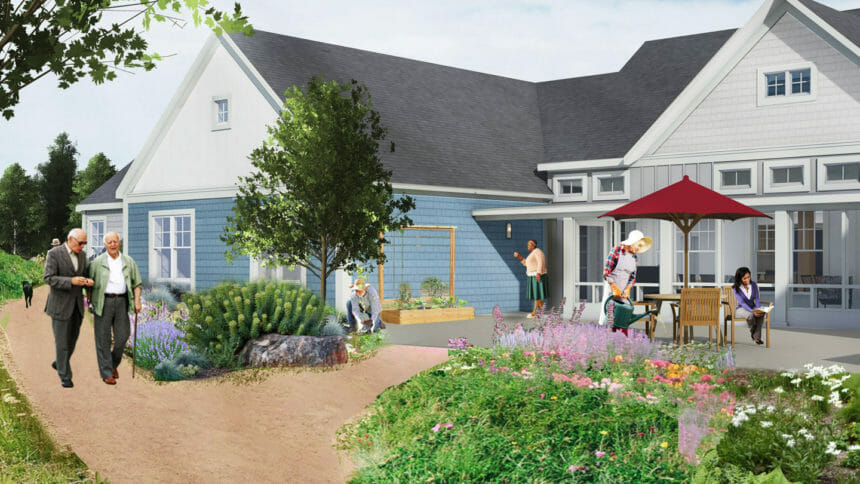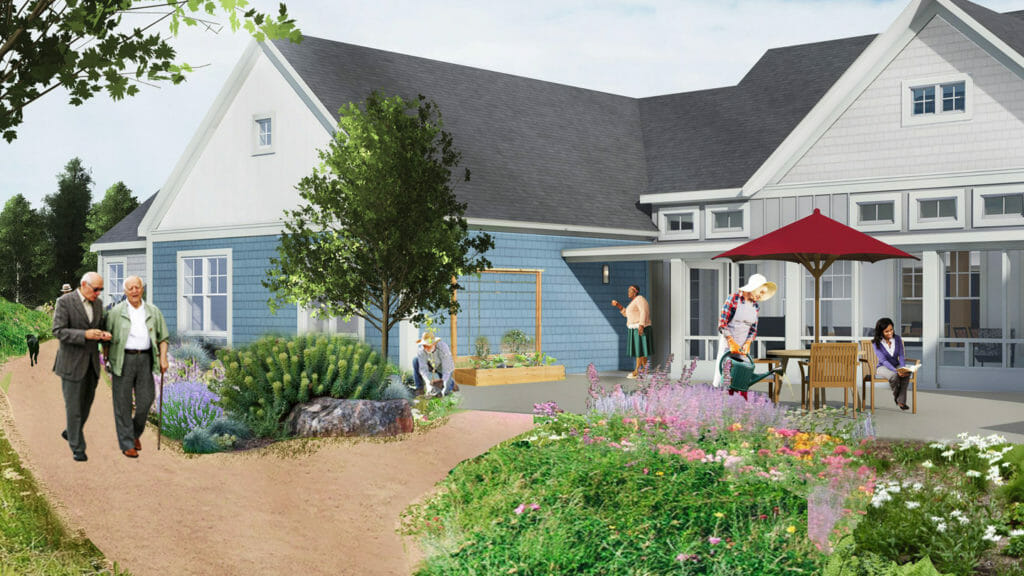

Two recent studies showed how the environment can affect people’s dementia risks.
A report published April 3 in Environmental Health Perspectives looked at the effects of air pollution on cognitive disease risks in an area of Atlanta, GA. Those researchers found that traffic-related air pollution raised people’s likelihood of developing Alzheimer’s.
That team evaluated the exposure to ambient and traffic-related particulate matter as well as biomarkers of cerebrospinal fluid related to the disease. Data came from 1,113 healthy adults. The team consistently spotted a link between particulate matter exposure at one year and amyloid plaque buildup in the brain that’s tied to higher risk for developing Alzheimer’s disease.
“Together, our recent studies represent both ends of the spectrum. In our previous study we showed associations between residential exposure to air pollution and Alzheimer’s-related changes in the brain in an autopsy cohort and now, we found similar results in a study of living adults who were on average 15 years younger and cognitively healthy,” Anke Huels, PhD, lead author and an assistant professor at Emory University, said in a statement.
“This is important because it shows that residential air pollution can negatively affect our brain even decades before we actually develop Alzheimer’s disease. This points to a sensitive time period for both exposure and opportunity, because that is time when prevention strategies and interventions are most effective,” Huels said.
Meanwhile, a March 27 report in Preventive Medicine Reports found that living closer to green spaces was linked to fewer modifiable dementia risk factors. In addition to being near parks and greenery, low crime also helped, the authors found. The report looked at data from Australia. People who had to travel double the proximity to a green space were about 2.5 years older in terms of risk factors for dementia. Lower socioeconomic status (SES) absolutely played a role, researchers said.
“Living close to greenspace may encourage or permit people to exercise more (e.g. walk or run) and also socialize (e.g., talk with locals in a park),” Matthew Pase, PhD, an associate professor at Monash University, said in a statement. Being near green spaces may also limit environmental stressors such as noise and air pollution, Pase added.




